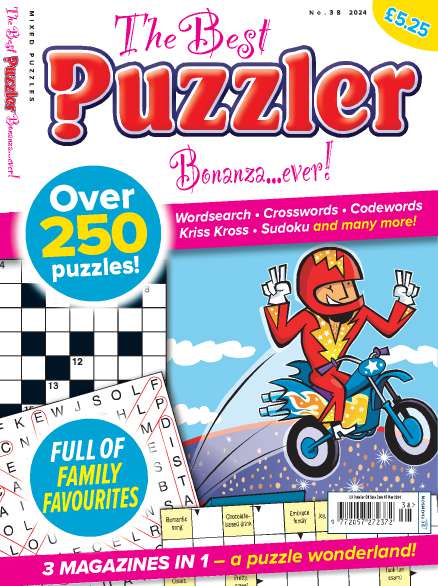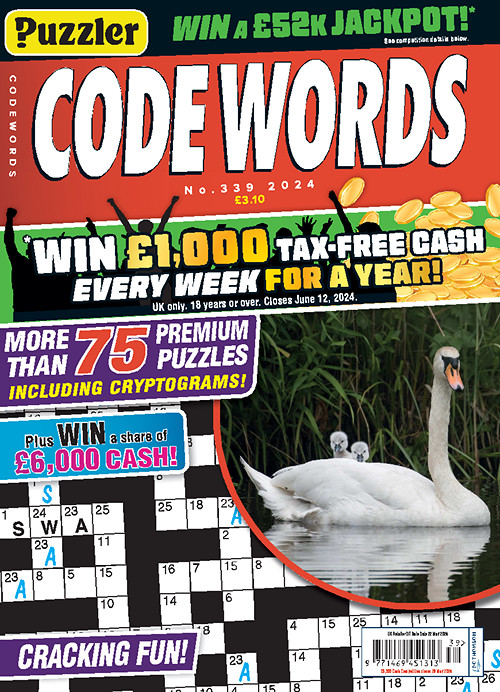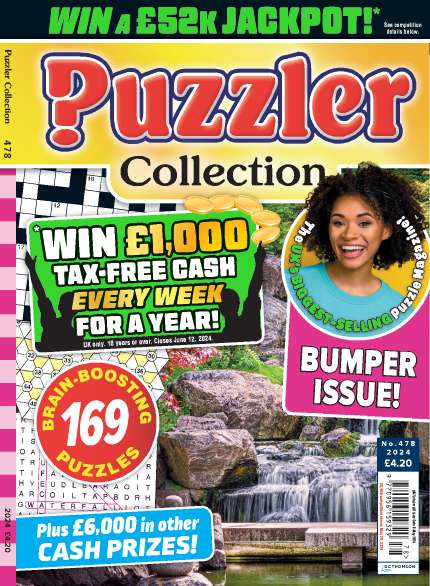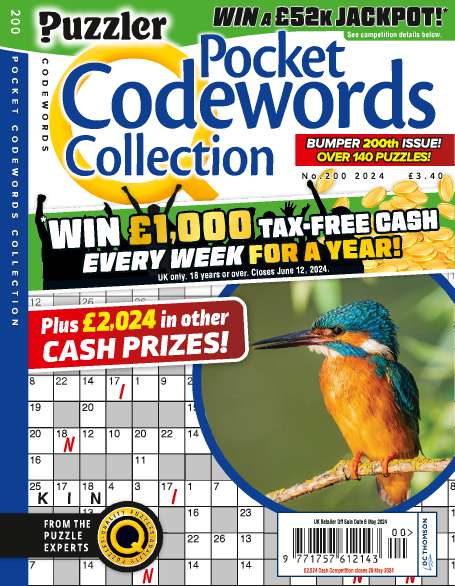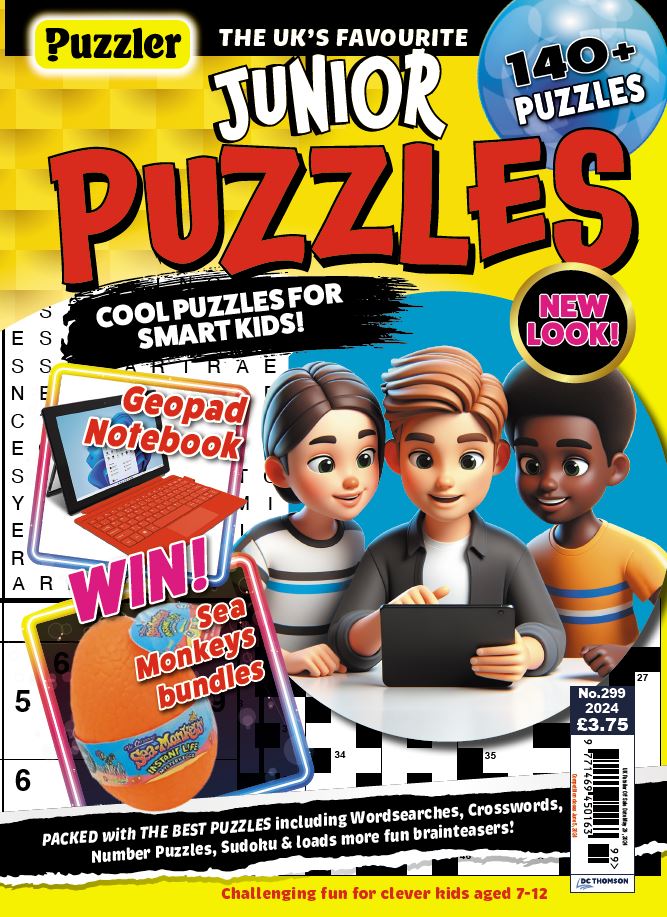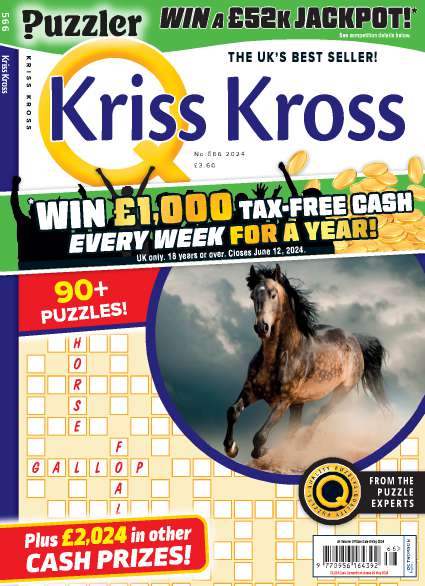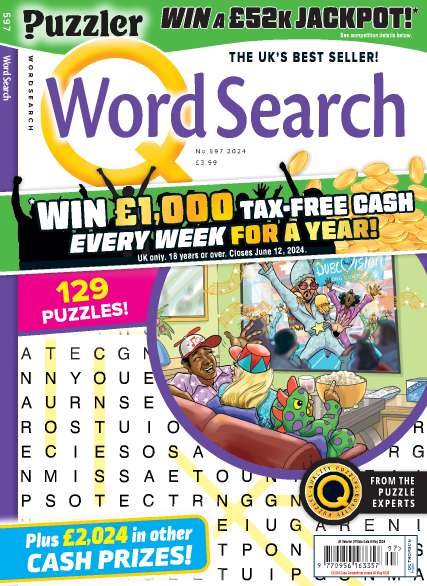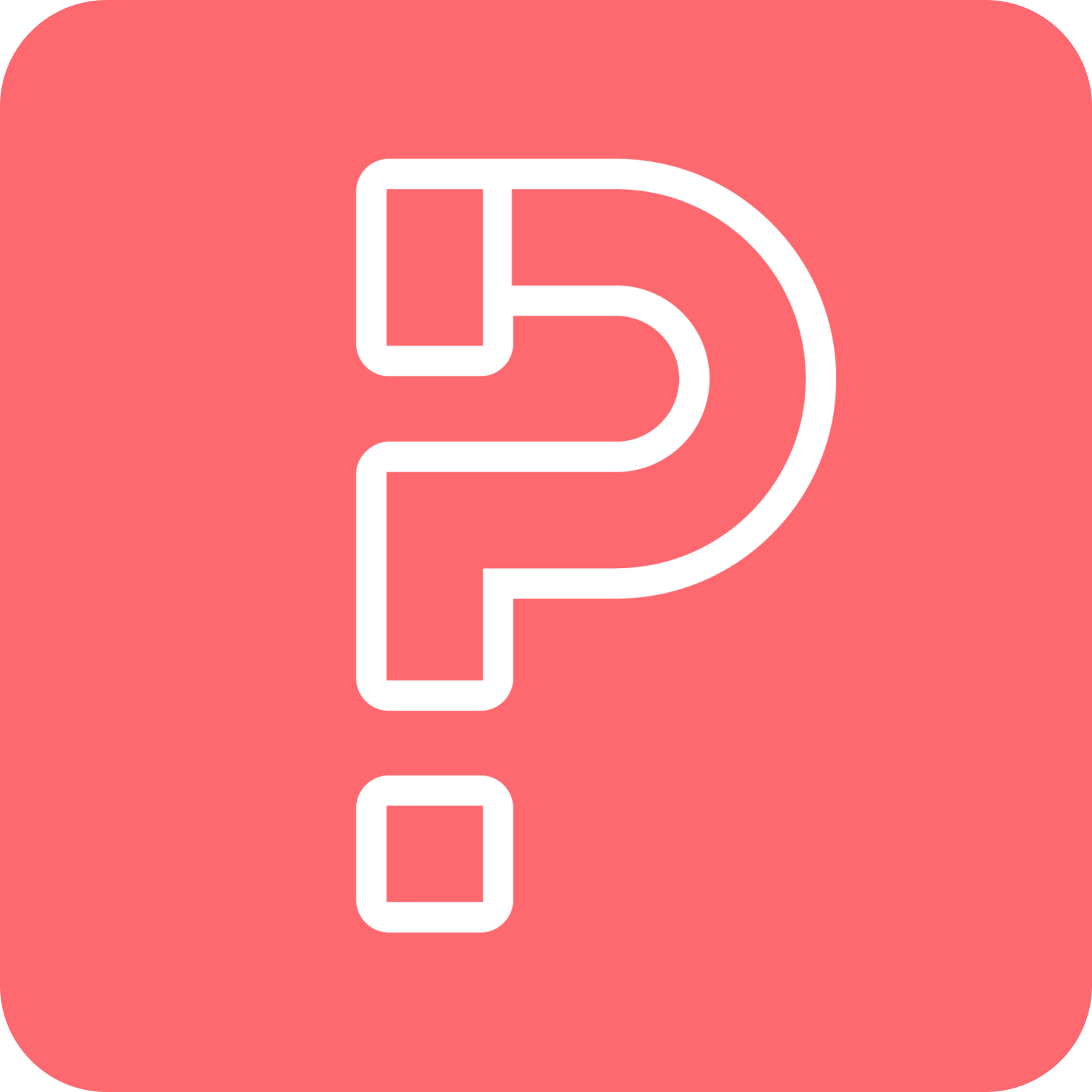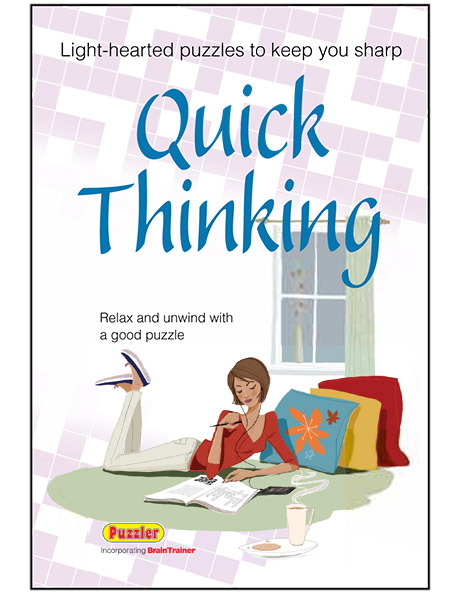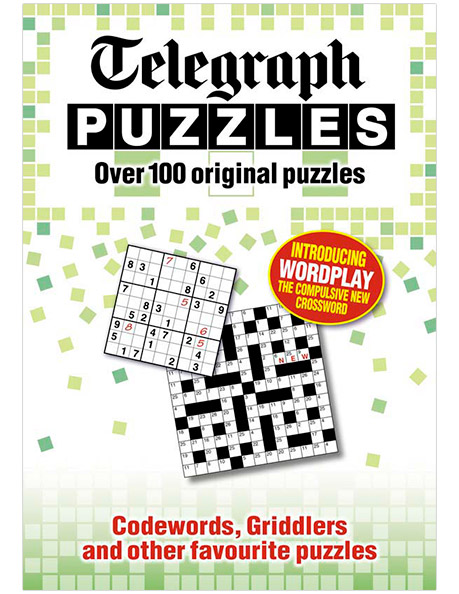Codeword
Also Known As:
Code-Breaker, Code-Cracker, Cross Reference, Keyword, Starhunt
A codeword is a completed crossword grid where each letter of the alphabet has been substituted for a number from 1-26. There will be at least one occurrence of each letter of the alphabet. Certain letters are given as starters. The solver must decipher the rest of the code to discover the words in the completed puzzle.
Though it is often possible to solve these puzzles with no help, using common word endings, double letters and the likely position of the most used letters in English, a standard codecracker usually gives three starter letters. The starter letters will be chosen carefully to provide a way in to the puzzle, but don't expect any to be letters that have a high frequency in the puzzle. Starters should offer a way into the puzzle, but not give away so much information that the puzzle becomes a mundane square-filling exercise.
Because the answer words are recognised from letter combinations, rather than deduced from clues, there are constraints on the words that should be used. Phrases, hyphenated words and foreign words that are not yet fully accepted in English are all avoided, as are proper nouns. The solver needs to know that PA?I? will be PANIC or PATIO. If it could also be PARIS, then why not PASIG in the Philippines?
Other words might be omitted on taste grounds. The three-letter bird of which 'coal' and 'blue' are types, is innocuous enough when approached via a clue, but may not be desirable in an unclued puzzle.
The codecracker must also be carefully constructed to avoid alternative solutions. Letters that make few appearances in the grid may prove to be interchangeable, offering ZEAL, JEST and VEER, or VEAL, ZEST and JEER. If this order of ambiguity is left unresolved, solvers who complete the puzzle may be given the impression that they have got it wrong.
Compact codecrackers are best avoided. Smaller grids contain fewer instances of letters, which adds to the difficulty of the puzzle. Compensating for this with extra starters simply removes the fun of the puzzle and the solver's sense of achievement at cracking the code.
The best approach to solving is to enter the starter letters, wherever the relevant numbers appear, and once these are in, to see if any words suggest themselves.
For several reasons, undertaking an analysis of letter frequency is not very useful as an approach to solving these puzzles. What are the most commonly occurring letters, anyway? The nonce words etaoin shrdlu (derived from a habit of Linotype compositors of dismissing error-ridden lines before they were cast by running their fingers down the first two columns of their setting machines) have often been considered the most used letters in English (where e is the most common, then t, a, o, etc). Etaoin shrdlu, however, applies only to the most commonly used words in writing and speech. For example, h doesn't appear in many words, but it does appear in a lot of commonly used words (the, that, there). This is important, because a codeword is not composed purely of words in common usage, but will also include other dictionary words. (One or two publishers also use non-dictionary words in codewords, notably The Telegraph.) An analysis of letter frequency in dictionary words, without plurals or common suffixes, gives a different order: eairto nslcup. If plurals and common suffixes are included, the order is different, again: eisarn tolcdu. The diction of a puzzle is particular and no rules governing letter frequency will work perfectly, but it may be possible to discern some clues. In spite of the compiler's best efforts, there is likely to be a high frequency of certain letters, such as the vowels and letters r, t, n, d and l. There are also likely to be very few occurrences of x, j, q and z. It is also worth looking out for double-letters. Common pairs are ll, ee, ss, oo, tt, ff, rr, nn, pp and cc.
Compilers will do their best to thwart solvers. For example, they will try to restrict the number of times the most common letters appear. They will avoid plurals and, where possible, common suffixes such as ing, ed, en, est, able, ist, ness. Suffixes will be of some use, though, and solvers should be aware that, for example, if a word ends in g, the preceding two letters might be i and n. Compilers will also shun long words (ie, longer than ten letters) because if a solver is able to identify a long word, the number of letters that will be revealed will effectively destroy the puzzle.
Instructions
Crack the code to fill in the crossword grid. Each letter of the alphabet makes at least one appearance in the grid and is represented by the same number wherever it appears. A number of letters have been decoded to help with the identification of other letters and words in the grid.
Related Puzzles
22 To Do Alphacipher Arrow Cracker Crossword Cryptogram Q-Brute Shortcode Skeleton Codeword Word SleuthFeatured In
Related Products

